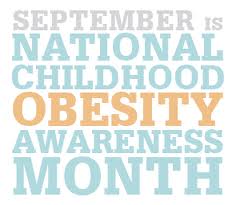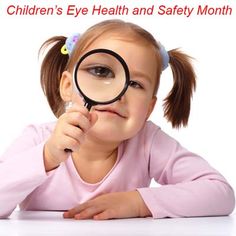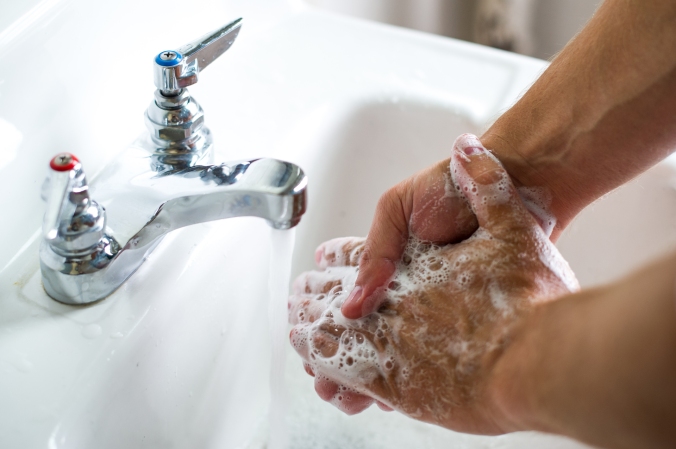
kids health
Children’s Dental Health Month
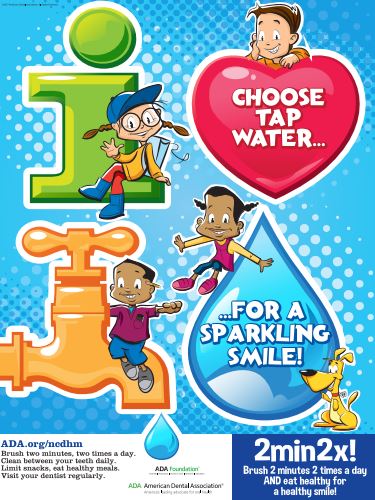
February is National Children’s Dental Health Month!
Having healthy teeth helps you chew foods, speak clearly, and look your best. By taking care of your teeth you can help prevent plaque (a film of bacteria that sticks to your teeth) and can cause gum problems and cavities – both of which can be very painful!
You should be brushing your teeth 2 times a day – usually after breakfast and before bed (but it is also great to brush after lunch and/or sugary snacks) – for at least 2 or 3 minutes each time you brush.
In addition to this, it is important to:
- Brush ALL of your teeth, especially the back ones
- Brush your tongue
- Floss
- Change your toothbrush every 3 months
- Visit the dentist twice a year (or more often if needed)
- Ask your doctor if you should be using an antibacterial mouth rinse
- Choose clean, tap water to drink over other beverages
- Limit sugary treats and drinks
Click here for fun dental activity sheets, such as the ones below:
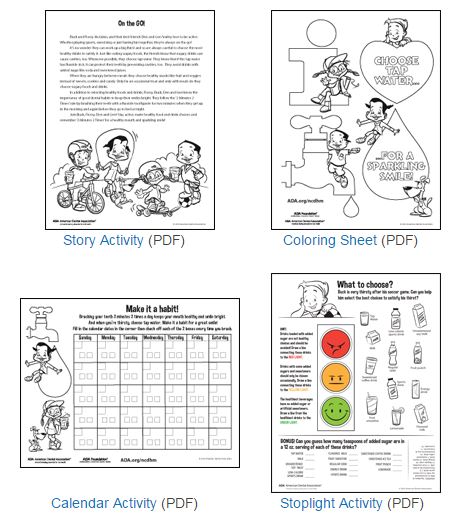
For more information on dental health, click here
GO, SLOW, and WHOA Foods at Kids Choice
The Kids Choice Program visited the Bloomington Boys & Girls Club Lincoln Street Unit last Thursday, to teach their K-3rd members about GO, SLOW, and WHOA foods!
“GO” foods contain the smallest amount of salt, unhealthy fat, and sugars
“WHOA” foods contain the most salt, unhealthy fats, and sugars
“SLOW” foods fit in between. They shouldn’t be off limits but you wouldn’t want to eat them every day.
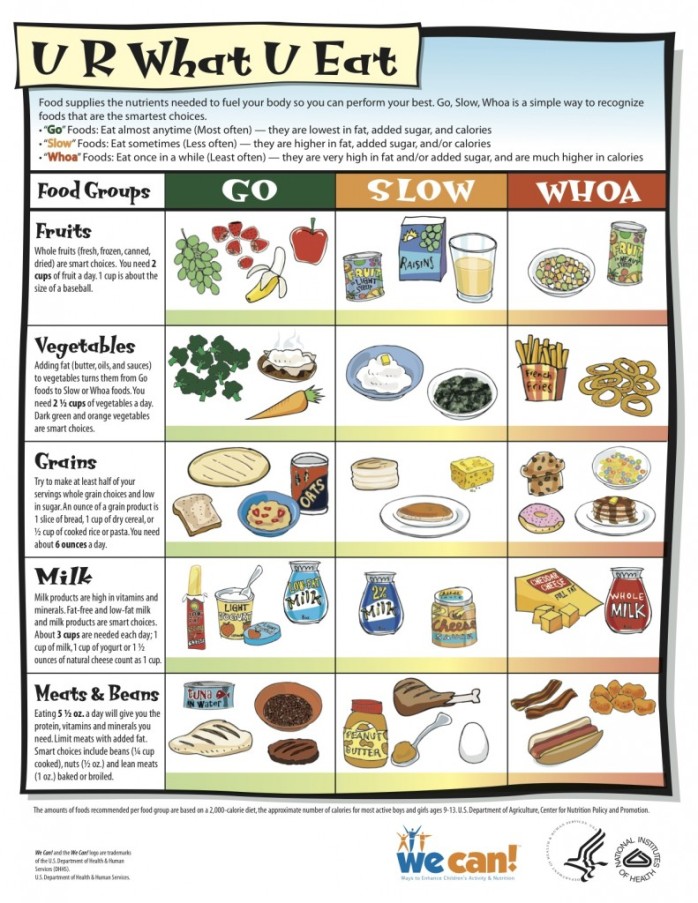
“U R What U Eat” image found at http://www.kidseatgreat.com/wp-content/uploads/2012/07/urwhateat1-791×1024.jpg
To help the members understand this concept and review the food groups, we played “Food Corners”!
Food Corners: Food group signs of Grains, Dairy, Fruit, Vegetables, and Proteins were hung around the gym. As “GO” foods were yelled, members were to run to the food group sign they believed the “GO” food belonged to.
If they ran to the wrong food group sign, they were able to get back into the game by doing 10 jumping jacks (non eliminations games are a great way to keep kids involved and incorporate the CATCH curriculum!)
When a WHOA food was yelled, members would run to the appropriate food group sign and do 5 star jumps (start in a squatted position and jump into the air, spreading your arms and legs out like a star). WHOA foods were given extra exercise because it is important to do a lot of GO activities to help your heart and body stay healthy when eating WHOA foods.
Don’t forget the healthy snack! This week we had Healthy “Blueberry Cheesecake”.
Healthy Blueberry Cheesecake: Graham crackers topped with greek yogurt cream cheese, blueberries, and honey.
Mix this snack up with different fruit toppings or try various flavors of low fat cream cheese. For extra protein – try peanut butter, almond butter, or normal greek yogurt!
Kids Choice has begun at the Boys & Girls Club
Last Thursday, we had our first Kids Choice Program of the fall at the Boys & Girls Club Lincoln Street Unit for their K-3rd graders!

For information regarding the Boys & Girls Clubs of Bloomington, IN – click here
Kids Choice Program promotes nutrition, physical activity, and emergency preparedness in public health, especially youth! We visit local schools and after school programs to teach lessons centered around MyPlate, Let’s Move Campaign, CATCH Coordinated Approach to Child Health, and FEMA’s Emergency Preparedness guidelines .
Some of the important topics we discussed:
-
“GO” Activities – activities that help get your heart rate up so that your heart can be a strong, healthy muscle, pumping oxygen and blood to all parts of your body
-
Body cues felt through GO activities are normal, healthy feelings such as your heart beating fast, breathing harder, sweating, and your face warming up
-
GO activities should be done for at least 60 minutes (1 hour) a day. This could be split up though for example: hopscotch for 20 minutes in the morning, running races for 20 minutes in the afternoon, and walking with a family member or friend for 20 minutes in the evening
-
MyPlate is used as a reminder to find your healthy eating style and build it as you get older
-
By looking at the plate, you can tell that you should eat Vegetables the most, then Grains, Fruits, Protein, and Dairy. 1/2 of your plate should be fruits and vegetables!
Healthy and Delicious Snack = Veggie Pizza Kebabs!
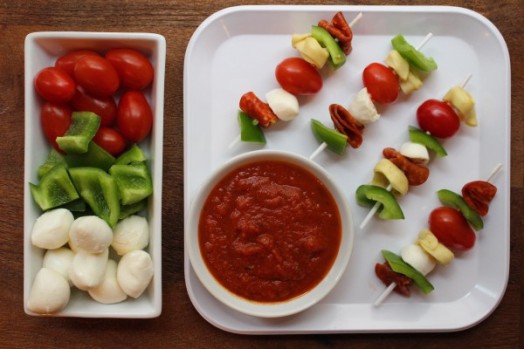
For the full, original recipe, click here
Ingredients: skewer, pepperoni, grape tomatoes, green pepper slices, mozzarella cheese slices, and light pizza sauce for optional dipping
Included food groups: Veggies (tomatoes and green peppers), Dairy (low fat cheese), Protein (pepperoni)
Kids can change the recipe every time! Try a different type of vegetable like a red pepper or avocado. Maybe add fruit like a pineapple or change the protein from pepperoni to chicken!
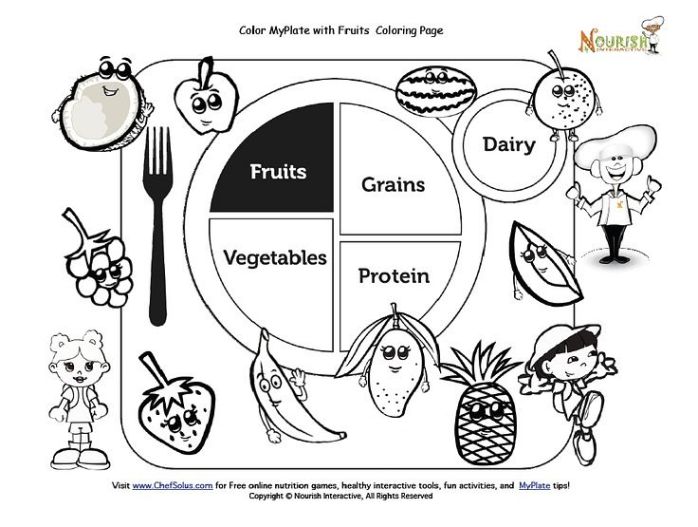
Emergency Preparedness Online Games
September is National Preparedness Month!
This month is used as a great reminder that we need to take action now and throughout the year for any type of emergency that could affect us where we live, work, or visit. Emergency preparedness can be hard for kids to understand but it is so important!
Ready.gov have an online resource for kids to help them better understand what emergency preparedness looks like, different types of emergencies, and how to build a kit.
View the online games here and learn about the different types of disasters through their resources
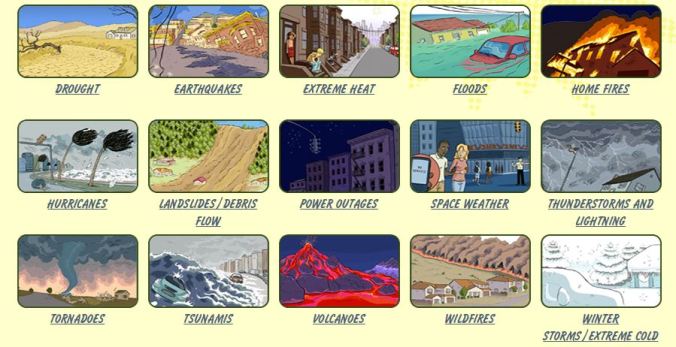
Packing Healthy School Lunches
Fruits & Veggies – More Matters Month
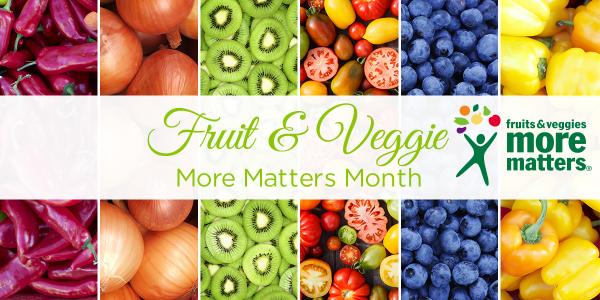
In addition to National Childhood Obesity Awareness Month,
September is “Fruits & Veggies – More Matters” Month!
Make it your family goal to increase your intake of fruits and vegetables this month!
For more information visit http://www.fruitsandveggiesmorematters.org/
and https://www.choosemyplate.gov/.
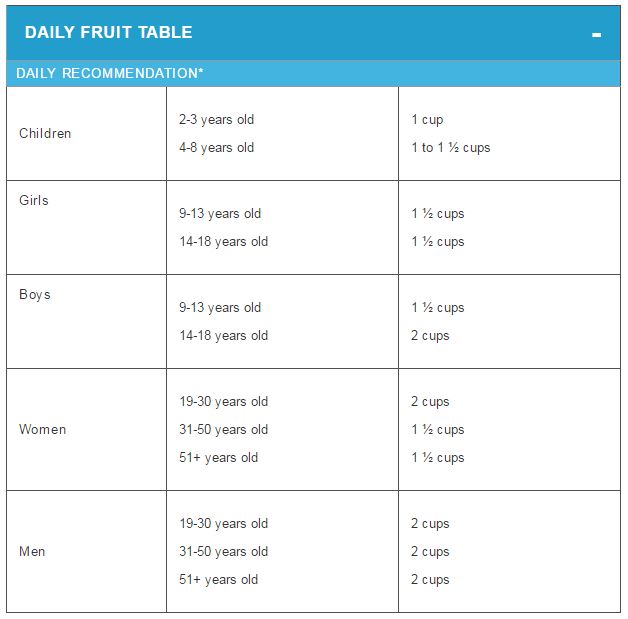
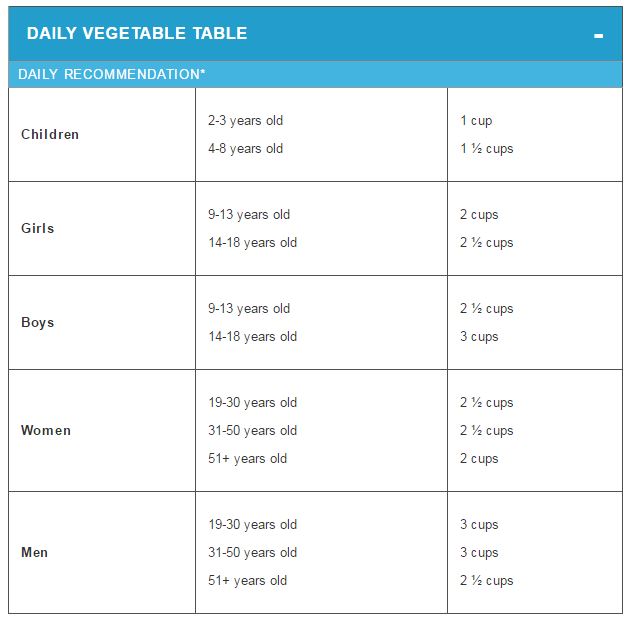
Copied from https://www.choosemyplate.gov/vegetables. *These amounts are appropriate for individuals who get less than 30 minutes per day of moderate physical activity, beyond normal daily activities. Those who are more physically active may be able to consume more while staying within calorie needs.
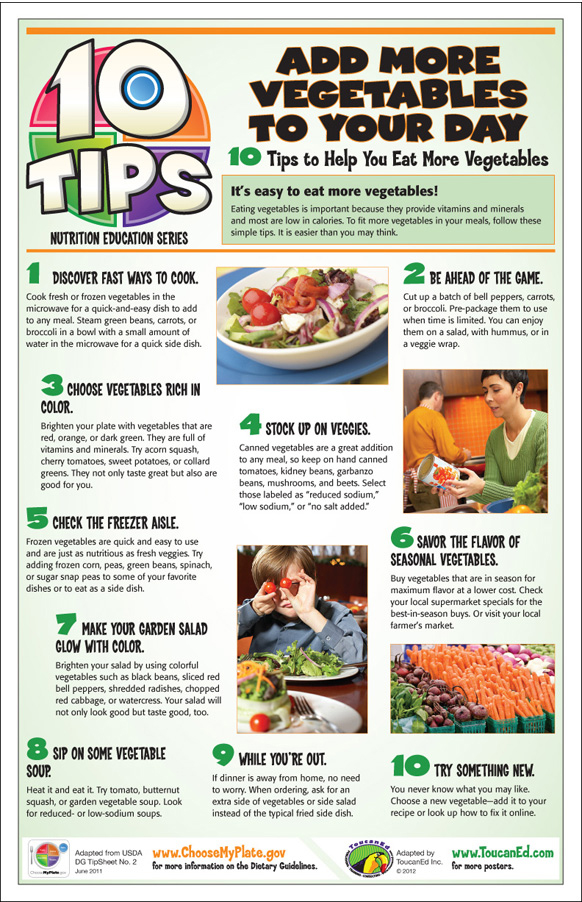 http://www.toucaned.com/Nutrition/images/large/noPrevNextButtons/10Tips02.jpg
http://www.toucaned.com/Nutrition/images/large/noPrevNextButtons/10Tips02.jpg
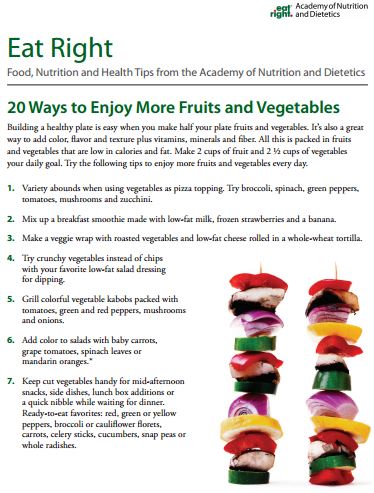
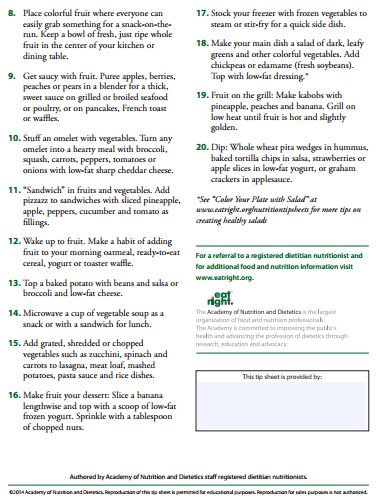
http://www.eatright.org/~/media/eatright%20files/nationalnutritionmonth/handoutsandtipsheets/nutritiontipsheets/20waystoenjoymorefruitsandvegetables.ashx
National Childhood Obesity Awareness Month
One in 3 children in the United States are overweight or obese. Childhood obesity puts kids at risk for health problems that were once seen only in adults, like type 2 diabetes, high blood pressure, and heart disease.
The good news is that childhood obesity can be prevented. In honor of National Childhood Obesity Awareness Month, the Kids Choice Program encourages your family to make healthy changes together.
-
Get active outside: Walk around the neighborhood, visit a park, ride your bike, walk your pet, or challenge each other to a race!
-
Limit screen time: Keep screen time (time spent on the computer, watching TV, or playing video games) to 2 hours or less a day.
-
Make healthy meals: Buy and serve more vegetables, fruits, and whole-grain foods. Eat dinner together as a family as often as possible!
Taking small steps as a family can help your child stay at a healthy weight. For more information about this awareness month, click here.
Make being healthy FUN! Take on the challenge of being a “MyPlate Champion” by making it a goal to:
-
Eat more fruits and veggies
-
Try whole-grains
-
Re-think your drink
-
Focus on lean protein
-
Slow down on sweets
-
Be active your way
Print out the certificate here to make the pledge!
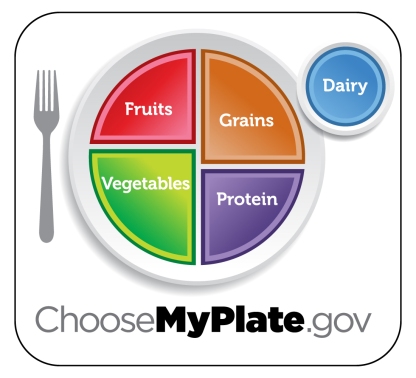
Children’s Eye Health and Safety Month
August is Children’s Eye Health and Safety Month!
Visit preventblindness.org and the National Center for Children’s Vision Health for more information!
If your child has a
- readily recognized eye abnormality;
- neurodevelopmental disorder;
- first degree family members with strabismus, amblyopia, or high refractive error;
- or if you believe they have a vision related problem
visit an eye care specialist for a comprehensive eye exam rather than waiting for a school vision screening.
Protect your children’s eyes with sunglasses!
Children’s eyes cannot protect from UV radiation like adults can. Choose sunglasses that
- Reduce glare
- Filter out 99-100% of UV Rays
- Protect eyes
- Are comfortable
- Do not distort color
- Have lenses big enough to protect from most angles
Cut the amount of UV rays reaching eyes in half by pairing sunglasses with a wide brimmed hat!
Make sure your child is wearing the proper sports equipment!
Have your child wear protective eye equipment for sports such as baseball, basketball, soccer, football, or hockey to reduce the risk of eye injuries. Visit the Prevent Blindness Sports Safety sheet for information regarding proper eye equipment and what injuries they can protect from.
Signs of Possible Eye Problems
- Eyes don’t line up or are watery and/or red
- Eyelids are red-rimmed, crusted, or swollen
- Rubs their eyes often, closes/covers one eye, or tilts/thrusts head forward
- Has trouble reading or holds objects close to their eyes to see
- Blinks more than usual, squints eyes or frowns
- Says things like “I feel dizzy,” “I have a headache,” “My eyes are itchy,” “I see double”
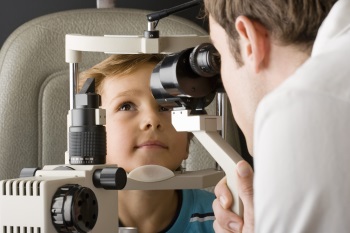
Tips from School Nurses
KidsHealth in the Classroom collected 271 survey responses from school nurses in October and November of 2013.
Below, includes a summary of the nurses’ top tips for keeping kids healthy. To view the full KidsHealth article, click here.
“What do you think is the most important thing parents can do to help keep their children healthy during the school year?”
#1 response (28%): Make sure kids and teens wash their hands
Educate your children on proper hand washing and how to cover their coughs and sneezes. For ideas on how to teach children about the flu, germs, and good hygiene, visit the CDC pdf here.
#2 response (18%): Encourage kids and teens to eat a nutritious diet
#3 response (17%): Help kids and teens get enough sleep
#4 response (11%): Stay up to date on recommended immunizations, including flu shots
#5 response (8%): Keep students home when they’re sick
“What’s the biggest health problem at your school?”
#1 response (22%): Colds and flu
For tips on Treating the Flu, read the KidsHealth article http://kidshealth.org/en/parents/tips-take-care.html and consider keeping your child home from school if you know they are sick.
#2 response (16%): Asthma
#3 response (11%): Parents sending sick kids and teens to school
#4 response (7%): Stress and other emotional problems
#5 response (7%): Poor nutrition
“What’s the most important thing teachers can do to help keep students healthy during the school year?”
#1 response (73%): Encourage proper hygiene and hand washing and keep desks and classroom clean
#2 response (12%): Be role models to their students for healthy behaviors
#3 response (3%): Send students home or to nurse’s office as soon as students say they feel sick or show signs of illness
#4 response (3%): Watch students for signs of stress



